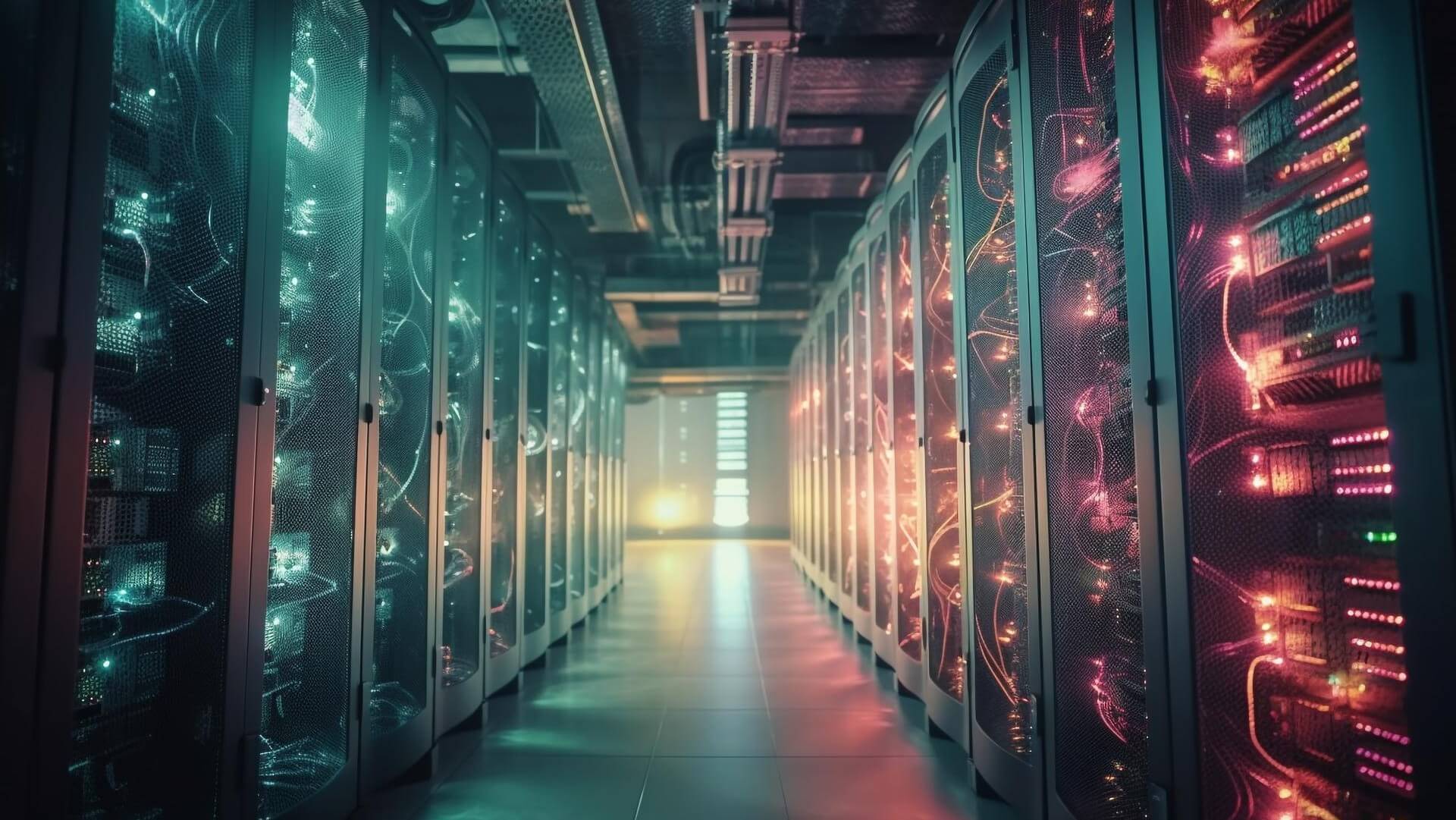According to Gartner, current economic challenges will cause organizations to prioritize projects that shrink the data center footprint and move workloads to hosted or edge computing environments. This will cause the edge computing market to grow at a staggering 24.51% between 2022 and 2030. If organizations don't manage and understand the growth of data and how to integrate their edge and cloud environments, they will face significant business losses.
Edge and cloud are often seen as competing platforms, but they are inherently synergistic. They complement each other to help organizations understand and process data from all areas of the business. By leveraging the strengths of the edge and the cloud and the intelligent analytics they provide, organizations can reduce costs and maximize productivity and efficiency.
Edge provides real-time actionable insights
The edge is critical for leveraging new data sources to drive specific and differentiated business outcomes. Many organizations have large operational technology footprints - anything from industry-specific machines such as MRI machines or conveyor belts to machines in virtually any building, such as HVAC and elevators, can contribute to this footprint.
However, these resources are typically not connected to the larger ecosystem and therefore provide little business insight based on their activities. The edge provides a unique opportunity to bring what was once offline online, allowing organizations to make sense of the data from their physical business activities and act accordingly.

In a retail environment, the edge can play an important role in providing real-time insights when needed. For example, when a customer scans an item through the self-checkout, it can speed up the download of prices to the self-checkout, resulting in faster transaction times. Localized analytics can identify customer purchases and generate real-time coupons for related products.
In addition, localized analytics can help retailers prevent losses by reducing scanning errors and other mishaps at checkout. This is an opportunity to create DAO in retail locations. All of this contributes to process efficiencies and an improved customer experience.
Consumer trends continue to shift toward online ordering and express delivery, shifting the cost of physically selecting and packaging goods from the customer to the retailer. This shift is costing retailers billions of dollars annually amid rising labor costs and increasing labor shortages. Intelligent automation at the edge can help meet retailers' needs by transforming existing retail and warehouse space into efficient micro fulfillment centers, whether using robotics or software designed to guide workers through goods to pick and pack them more efficiently.
Real-time data often requires immediate action, and that's where the edge can play a critical role. Edge environments are best suited for applications that require accelerated response times. When you pre-process data locally and perform optical analytics, you can discover real-time insights - such as overheating assets in a manufacturing plant or detecting anomalous motion - and act on them in seconds.
Cloud: a second life for edge-generated data

While data used at the edge loses value when analyzed and processed, it may regain value when transferred to a private or public cloud. Cloud complements edge computing by providing the scalability to keep up with data growth. It also provides local access to services that support advanced analytics, artificial intelligence and machine learning. By applying these services to data collected at the edge, business leaders can gain additional insights and realize their long-term value.
In the retail example mentioned above, in-store trends can be analyzed by comparing store data over time using advanced analytics activities such as inventory, pricing, and improved employee scheduling. In addition, a 360-degree customer profile can be created by comparing aggregated in-store data and matching it to other data sets, such as loyalty programs, to enable a more personal approach to engagement. Immediate or real-time action is not required in this case, but accumulating data over time ensures long-term benefits for the business.
Tandem use of edge and cloud resources requires consistency
Enterprise organizations are realizing the need for distributed architectures to meet their modern needs. One of the hindering factors is the complexity between edge and cloud environments. Each environment supports multiple applications with their own management functions and operations. As a result, organizations must establish consistency between private and public clouds and edge environments.
Establishing consistency across environments will help balance the environmental constraints of the edge with the latency and data gravitational pull of the cloud and leverage the appropriate environment for data and application needs and allow organizations to determine where applications reside. It also reduces management complexity and enhances security in each environment.

From a retail example perspective, physical and digital touchpoints complement each other to build customer engagement across multiple media to create omnichannel engagement. Advanced analytics can even lead to predictive buying, in which data is applied to in-store and online activities to determine future purchase patterns and consumer intent. This means stores can optimize their selection accordingly.
As a result, by utilizing both of these benefits, businesses can maintain optimal operational efficiency and increase productivity. The possibilities of edge computing are endless, but it's absolutely vital to make sure it works in tandem with your cloud computing environment.
